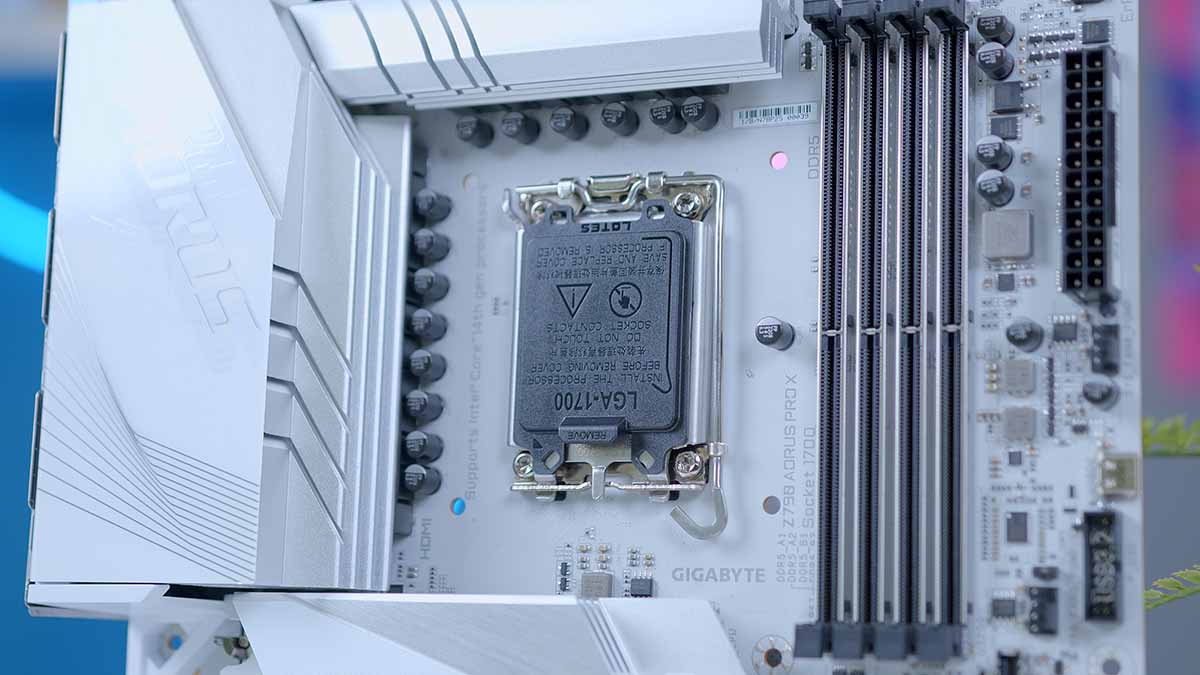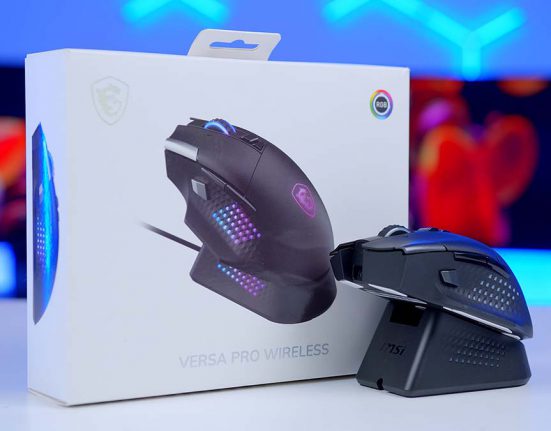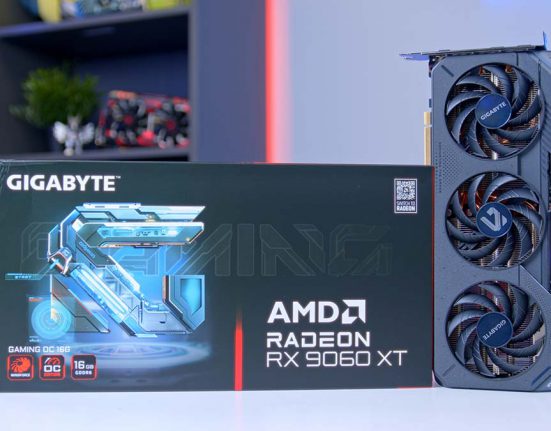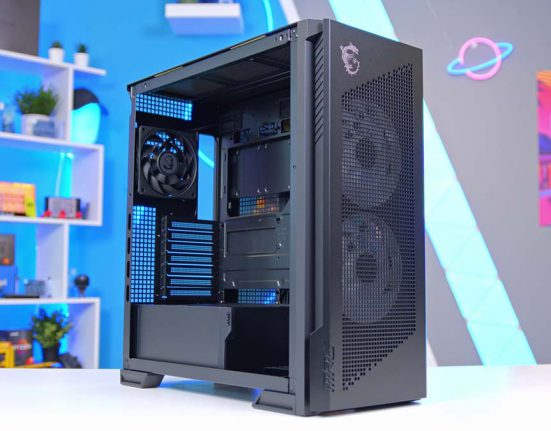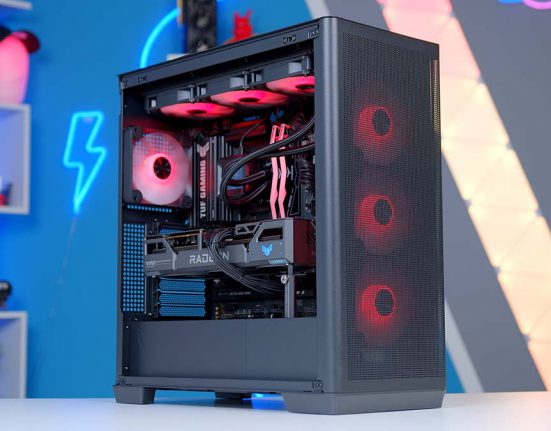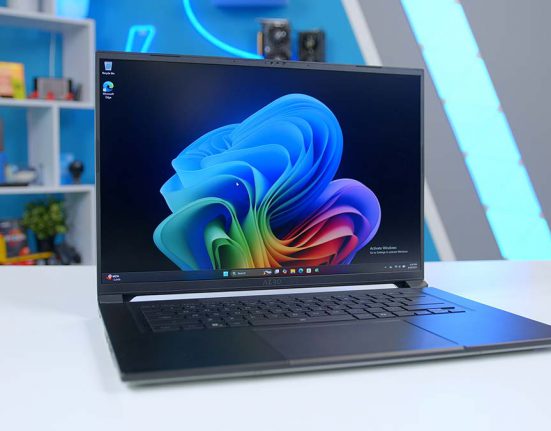The motherboard is the centre of connectivity and expansion in any gaming PC build. It is the component which houses all of your other parts, allowing them to freely communicate and work in synergy to create a functioning system. As such, it is pivotal that you choose the right motherboard for your build – and are equipped with all of the connectivity you may need now and into the future.
To better help you pick the perfect motherboard, we’ve compiled a list of our top features to look for when buying a new motherboard for your gaming PC build to help make the decision that bit easier. We have also published a full video rundown on how to choose a motherboard, which you can watch here on our YouTube channel.
Top 7 Motherboard Features to Look Out For
1. PCI-E Generation 5.0 Support
The PCI-E standard supported by a motherboard directly impacts the amount of bandwidth and power delivery that your board is able to facilitate. From GPUs, to NVMe slots and other expansion cards, most motherboard expansion is based on the PCI-E standard. Currently, the latest standard is PCI-E Generation 5.0.
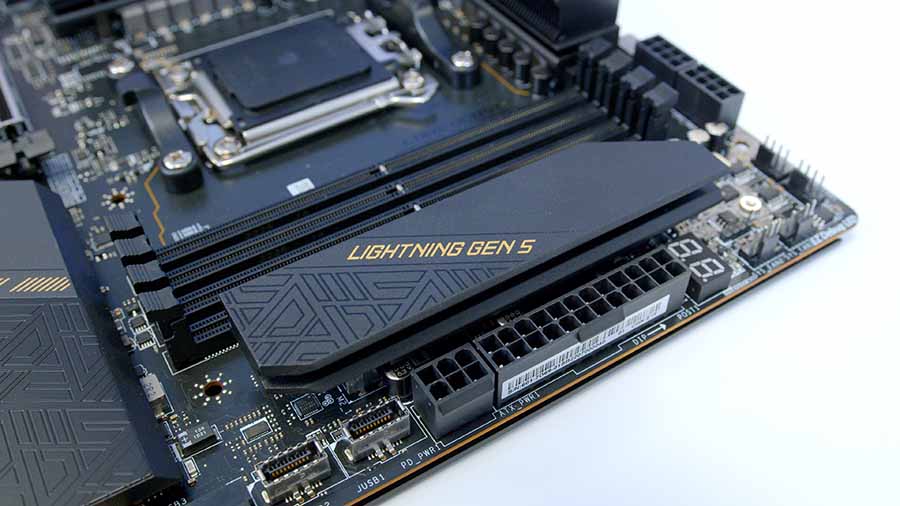
Although not required for the current RTX 4000 and Radeon 7000 generations of graphics cards, it is likely that future high-end GPU releases from NVIDIA and AMD will utilise this standard, particularly on the RTX 5000 and Radeon 8000 line-ups, which are rumoured to arrive from 2025. As such, having the option of plugging up a PCI-E Generation 5.0 compatible GPU may be worth considering for users building high-end systems.
NVME SSDs are a slightly different story, with the current spread of PCI-E Generation 5 drives being expensive, but certainly available. As such, we’d point heavily towards motherboards with at least one Gen 5.0 NVMe slot for most buyers.
Top Tip! If you pick up a motherboard with a Gen 5.0 NVMe slot, leave this free by installing your Gen 4.0 NVMe drives in the slots below. This will make future upgrades much easier.
2. Overclocking Capability
Both AMD and Intel motherboards offer some form of overclocking capability, both for the RAM and CPU. For Intel motherboards this is restricted to the Z790 chipset, while both the B650 and X670E AMD motherboard chipets are unlocked for CPU overclocking.
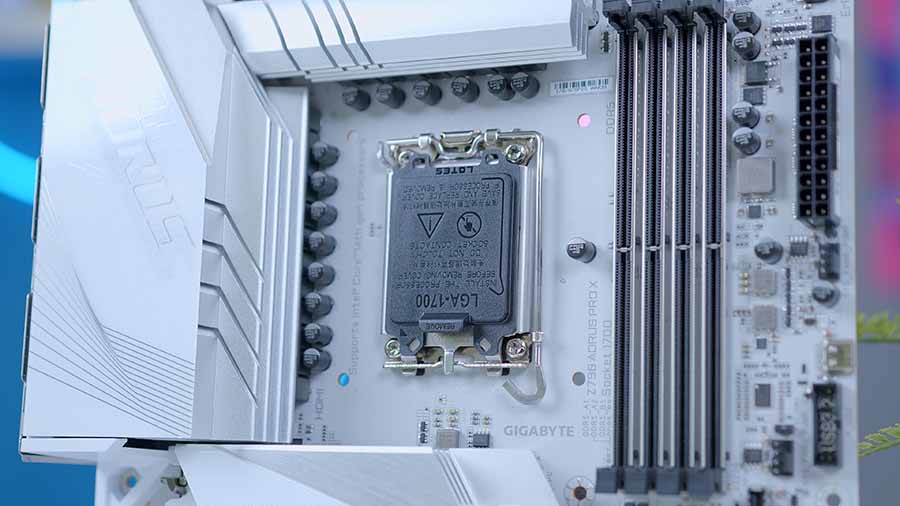
The best way to evaluate whether your motherboard can handle the power requirements of your CPU, is by looking at the number of VRM power phases. Generally speaking, the more VRM power phases your board has, the higher you’ll be able to overclock your CPU. It is also worth noting that if your motherboard has more power phases, you’ll also want to make sure there’s a solid set of heatsinks around the VRMs, as this will keep a lid on thermals.
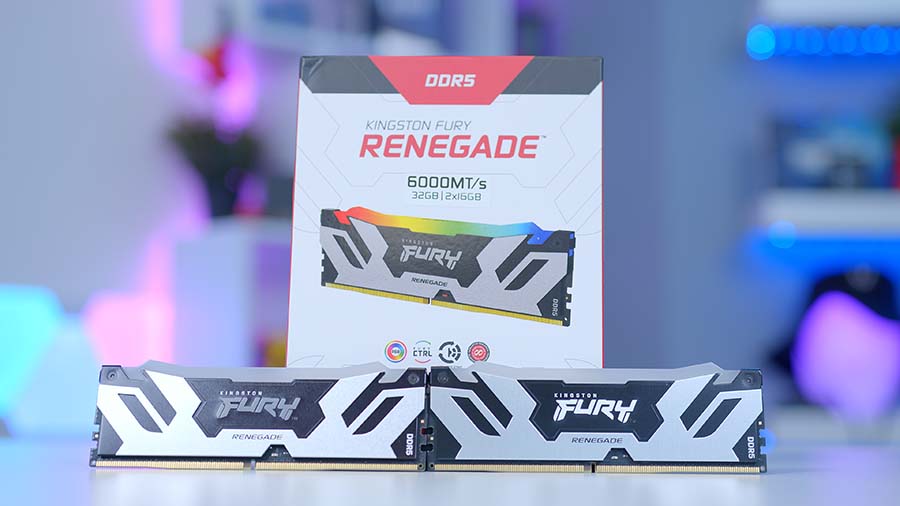
When it comes to RAM overclocking, things are much simpler. You should check the maximum speed supported by your motherboard, by navigating to the manufacturer’s product page. You should then keep this in mind when buying memory, and opt for a kit which takes good advantage of the speed on offer.
3. Rear IO Ports
The rear IO is one of the most important features on any motherboard. Selecting a motherboard with a strong set of IO will allow you to plug in all of your peripherals, while providing high speed USB options for those that need fast transfer speeds. Whether you’ve picked up an Intel or AMD motherboard, you should look out for high-speed and high-bandwidth USB 3.2 ports, while users on the high-end should also seek Thunderbolt 4 or USB4 for maximum flexibility.
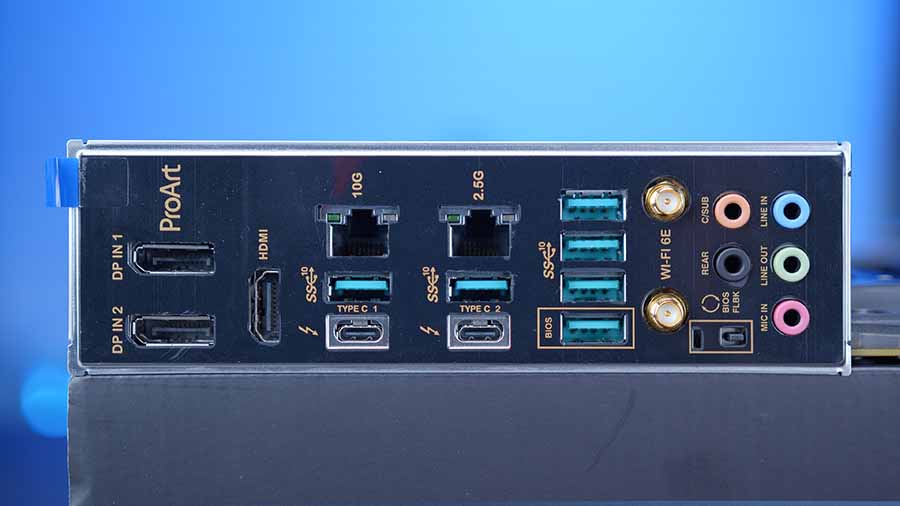
The rear IO will also include audio connections of some format, which will be notable for users with more sophisticated audio setups. The inclusion of an optical audio port is also becoming increasingly rare, but an important one to count for many.
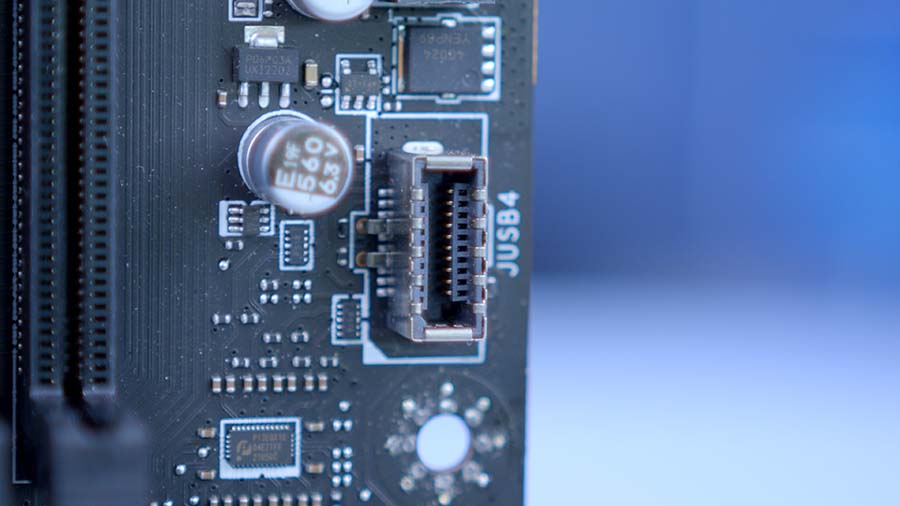
4. Networking Options
Motherboards generally have two types of networking ports to choose from: Ethernet (LAN), and WiFi. Dependent on the motherboard that you’ve chosen, you may or may not have WiFi. This is considered a premium feature, meaning that not all motherboards will support it. .

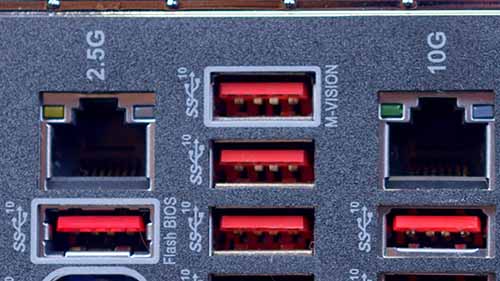
As far as wired networking is concerned, all motherboards will include at least 1 RJ45 LAN port, with at least 1 Gigabit of bandwidth. It is not uncommon for mid-range motherboards to bump this up to 2.5 Gigabit for additional bandwidth, while users looking to maximise networking bandwidth should seek high-end boards with a 10 Gigabit connection.
On the wireless networking front, you’ll want to look out for boards with WiFi 6, WiFi 6E or WiFi 7. WiFi 6 and 6E will improve networking speeds and will aid with the time taken to download games or transfer files across your network. While WiFi 7 improves stability, reducing ping, and making competitive gaming lag-free.
Top Tip! Your networking speed is always going to be constrained by either your router or the broadband connection in to your home or office. The capacity of most motherboard-based networking will be quick enough to saturate typical home broadband speeds.
5. Tool-Less Slots
We have started to see more manufacturers offer a range of tool-less slots on motherboards. These latches and clips ease the building process, reducing the amount of tools and screws you need in order to get your various components installed. SSDs and graphics card slots are the main areas on your motherboard that are likely to offer a tool-less installation method, but this differs based on your chosen board.


If you’re the kind of buyer that is likely to upgrade often, picking up a board that has tool-less slots will be very useful. Tool-less GPU slots tend to have a button that allows you to quickly release the card from your system. SSD slots normally have some form of latch that allows you to secure your drive without the use of any additional screws.
6. An Easy to Use BIOS
Picking up a motherboard that has a dated or complicated BIOS is a situation most would rather avoid. If you like to tinker, being able to easily access your fan curve, or overclocking settings is vital. As a rule of thumb, a better BIOS can be restricted to how expensive your motherboard is, while more budget boards tend to have a basic amount of configuration or can be harder to navigate.
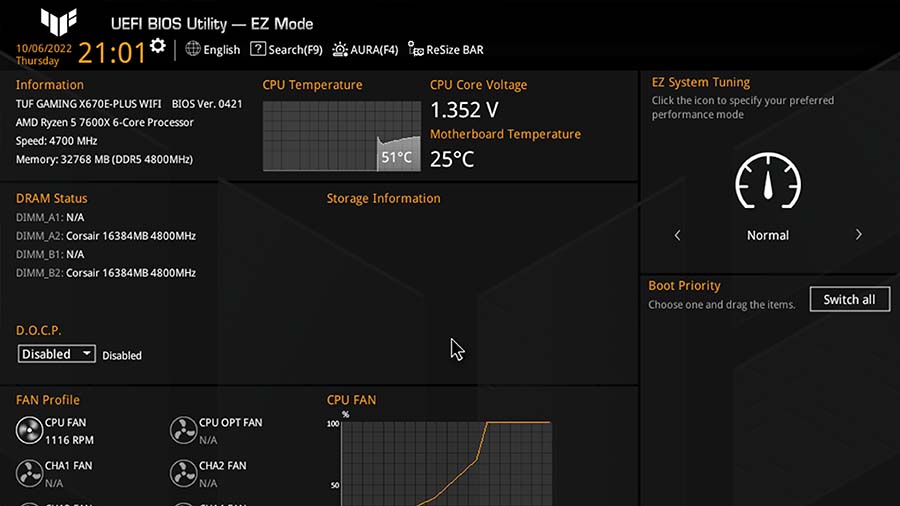
7. BIOS Flashback & Clear CMOS
Troubleshooting is a pretty common part of building a PC. Not all first builds go smoothly, which means you might be faced with the possibility of diagnosing a problem with your PC. BIOS Flashback allows you to update your BIOS without the use of a CPU which can be particularly ideal for those pairing an older motherboard with a newer CPU. BIOS updates can also prove helpful to improve CPU and memory performance, especially for early adopters.
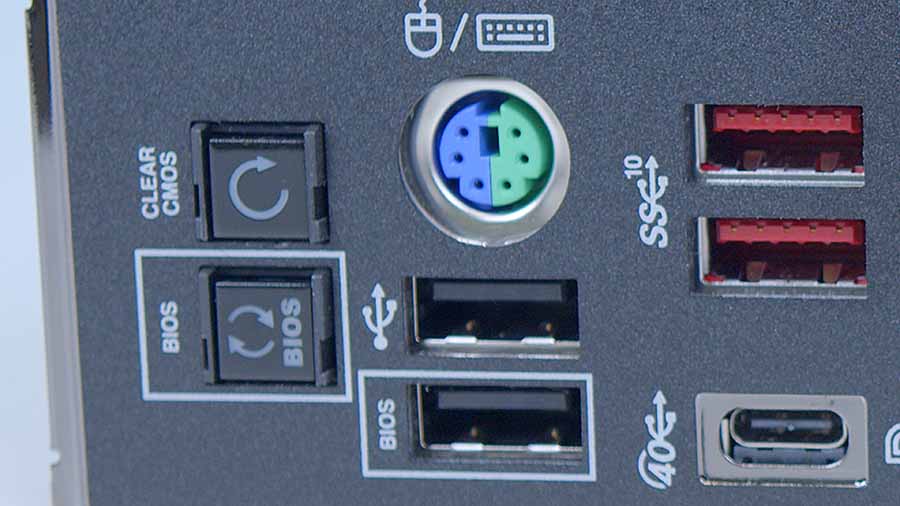
You will also find a ‘Clear CMOS’ button on many motherboards. This allows you to reset the BIOS settings to default in case of a failure, or issues inflicted by failed overclocks.


